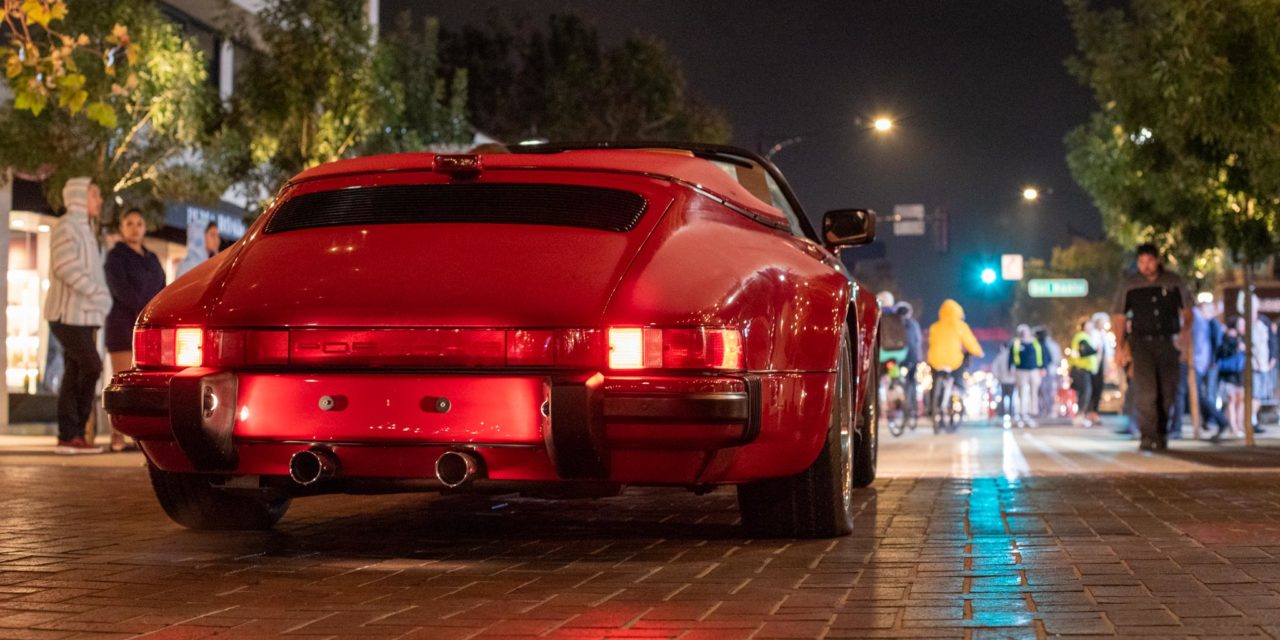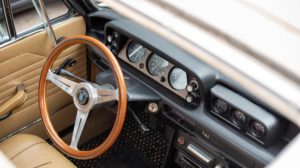Smart phones killed sports cars: I’ll keep it short, but let’s run this back to the late 80s & early 90s. Up until that time, it didn’t matter how busy you were, how important your career was, or what deals you were closing. When you got to your car door… business paused. You were inaccessible. It was a mandatory, non-optional escape. A therapy session; a reset. Loosen the tie, roll down the windows, and drive!
And in that world – people naturally had more appetite for pure sports cars, sports sedans, and general sporty concepts. They put a value on cars with more engagement, less bulk, and a sense of freedom & exhilaration. Pop culture at that time spoke the language of cars. They just got it.
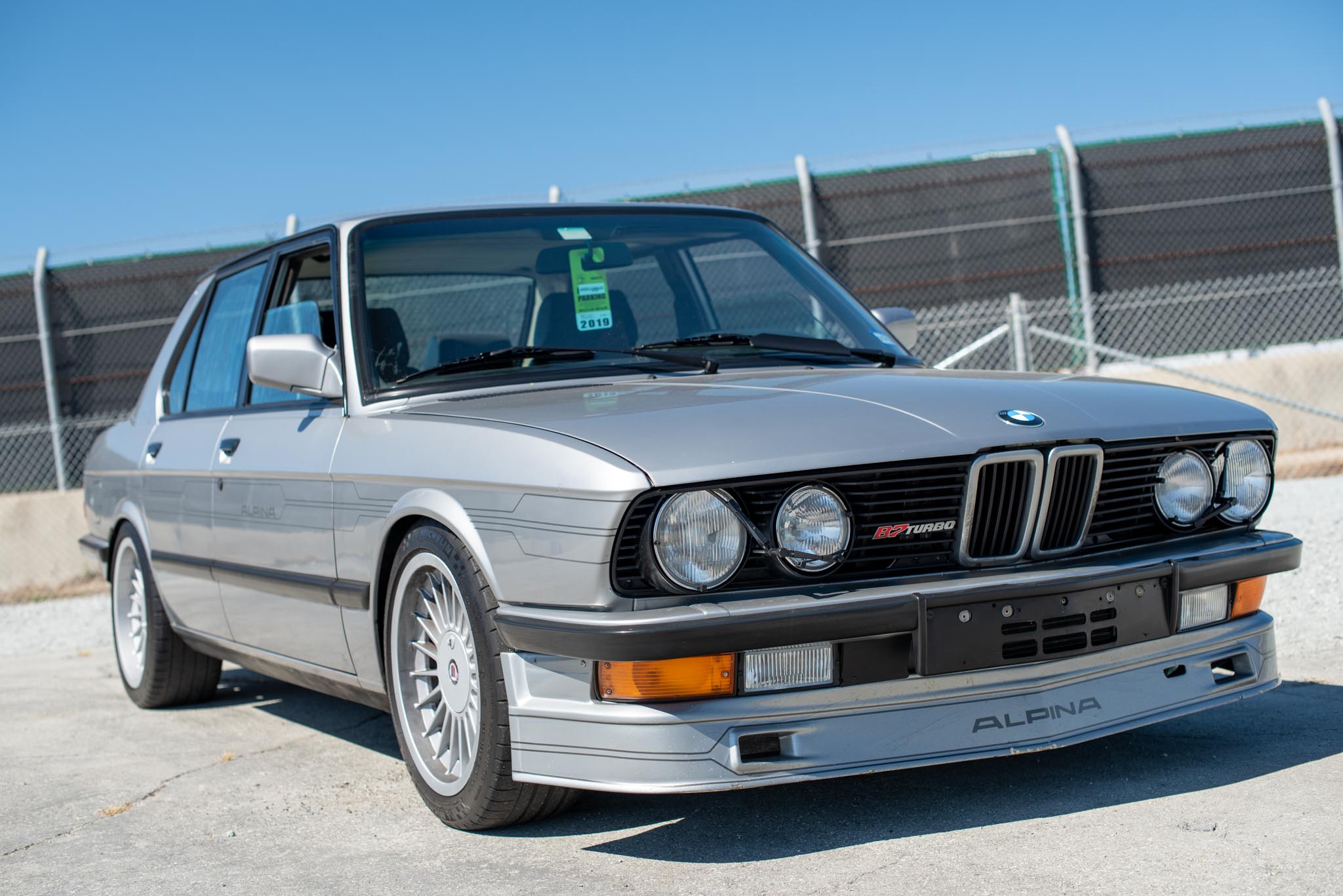
Then came the cell phone, which evolved into smart phones.
And what that did, was make it possible for your car to become ‘your office’, and/or social setting. Communication became much more mobile, and for better or worse, you could always be reached. There was now less unplugging behind the wheel, and more multitasking. People could contact clients from their car. They could send an email from the Starbucks drive-thru. Text in traffic. And scroll social media from a stoplight.
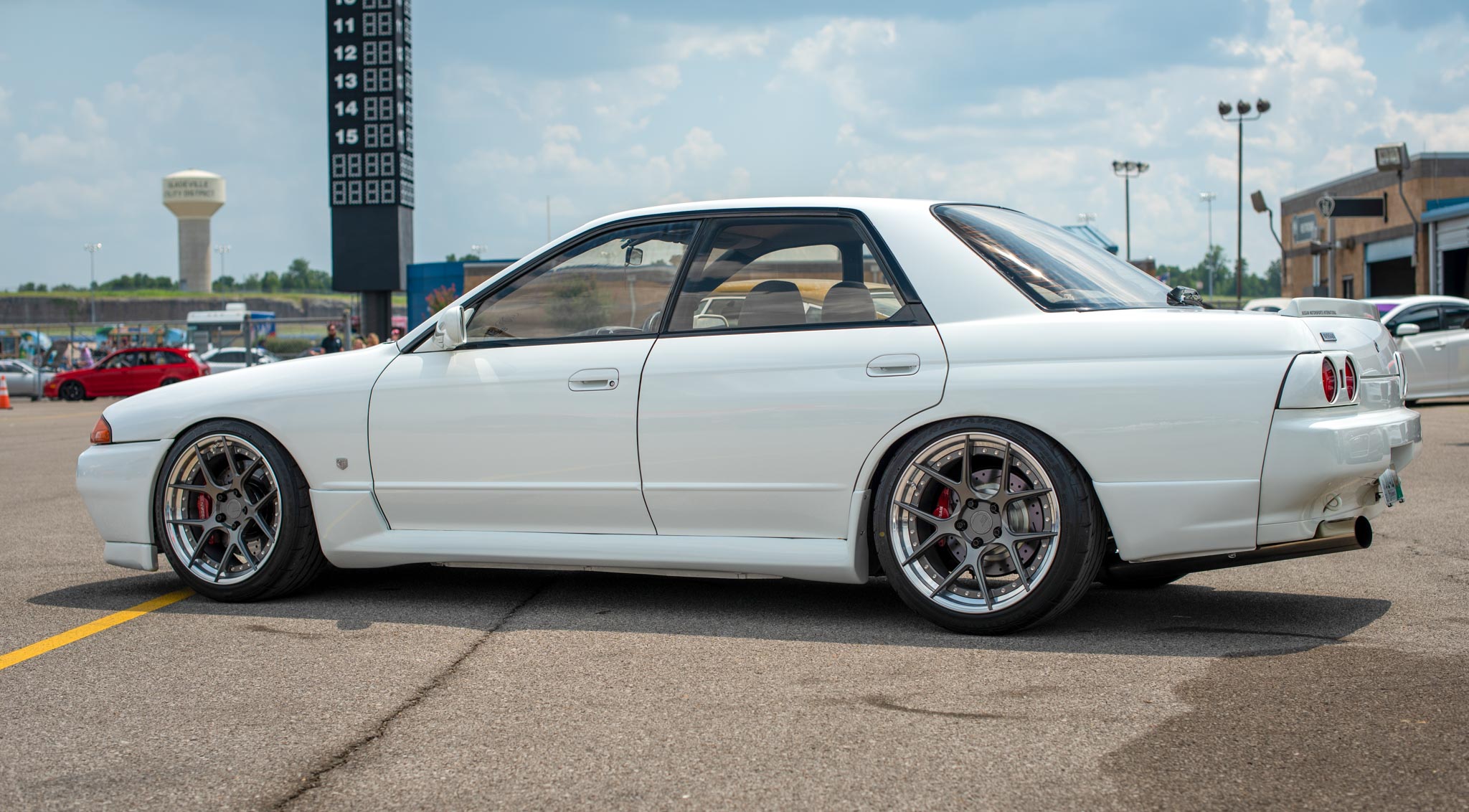
Drivers’ minds became preoccupied behind the wheel… but not with driving.
They got more distracted, and less aware. It became habit-forming for people to get in the car & get on the phone.
The escape… the therapy… and the pure enjoyment of driving has gone extinct on mainstream levels.

And the effects of smart phones killing sports cars has played-out like this:
Look around. Today’s vehicles are bloated, they’re disconnected, and virtually indistinguishable from one another. And like many, many other instances in the world today, tech-obsessed consumers have again chosen convenience… over substance, intimacy, and authenticity.
What say you???
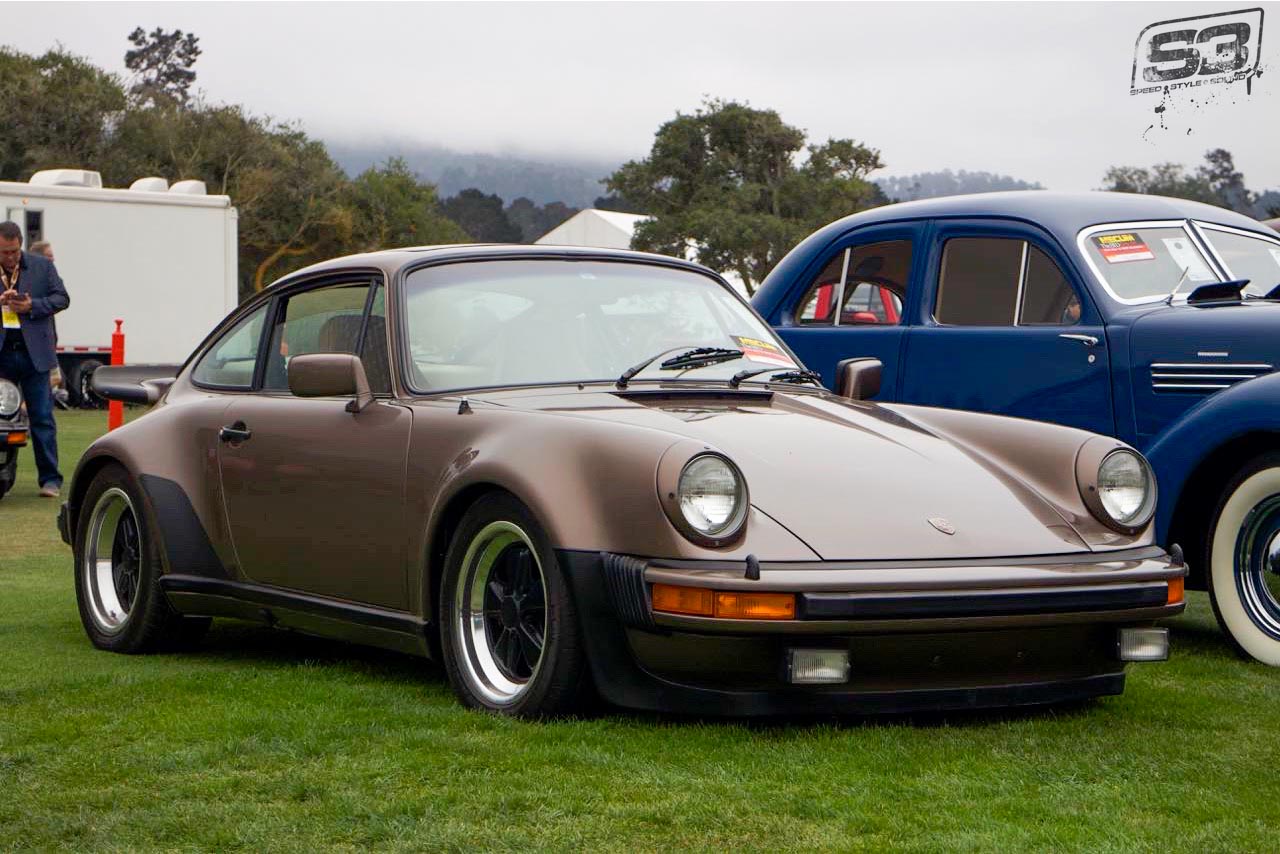
// To subscribe to S3 Magazine, CLICK HERE //


